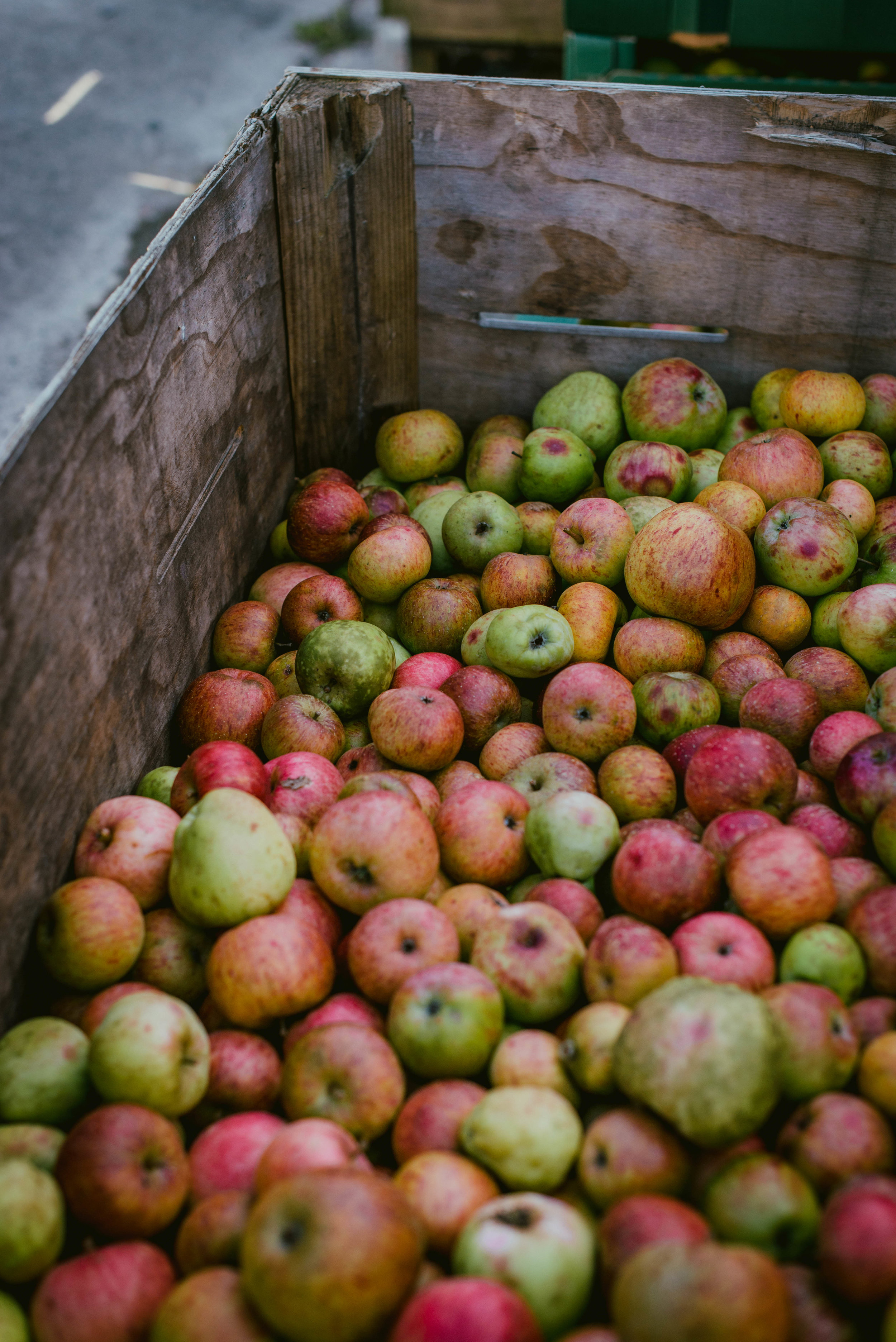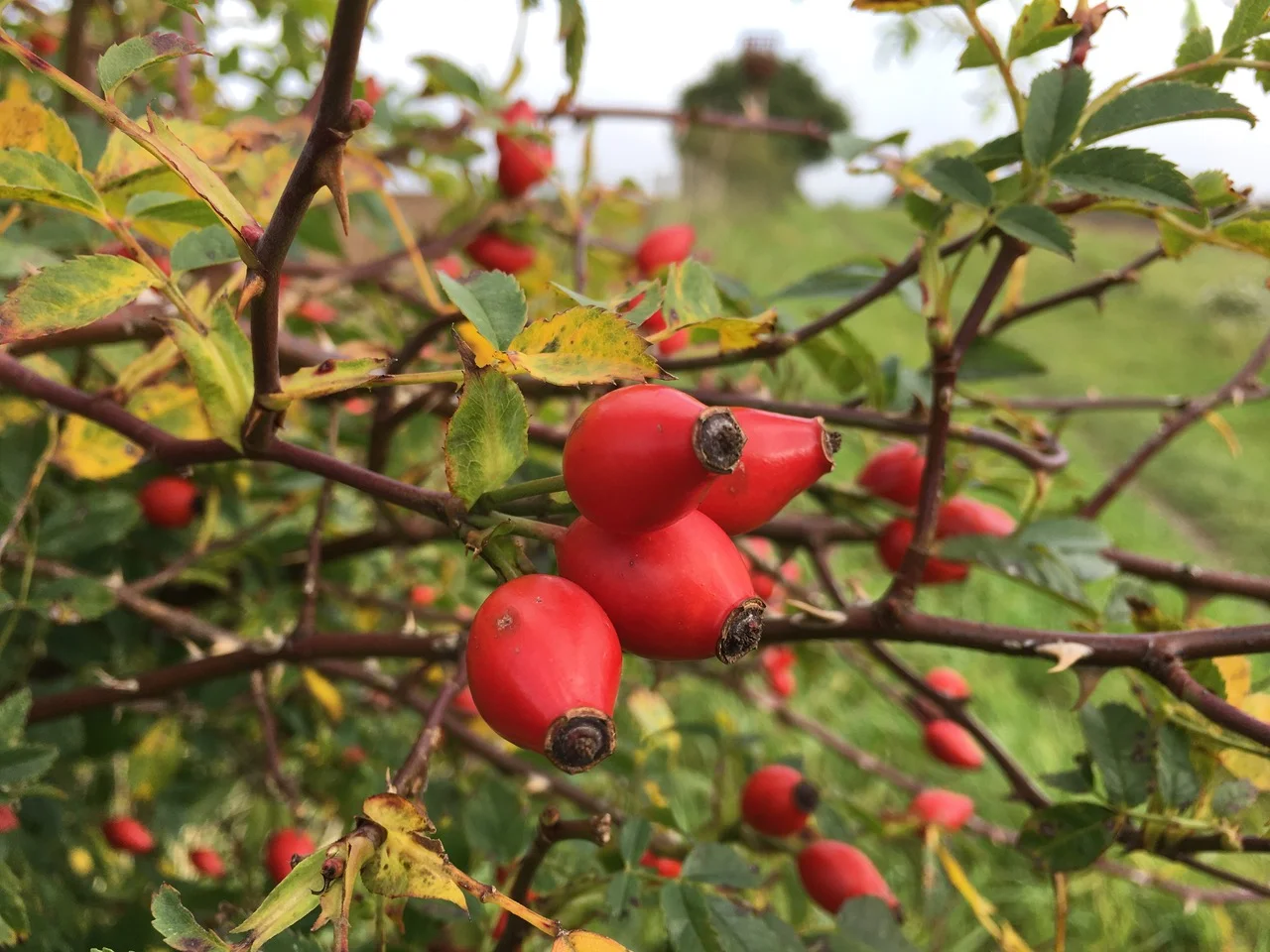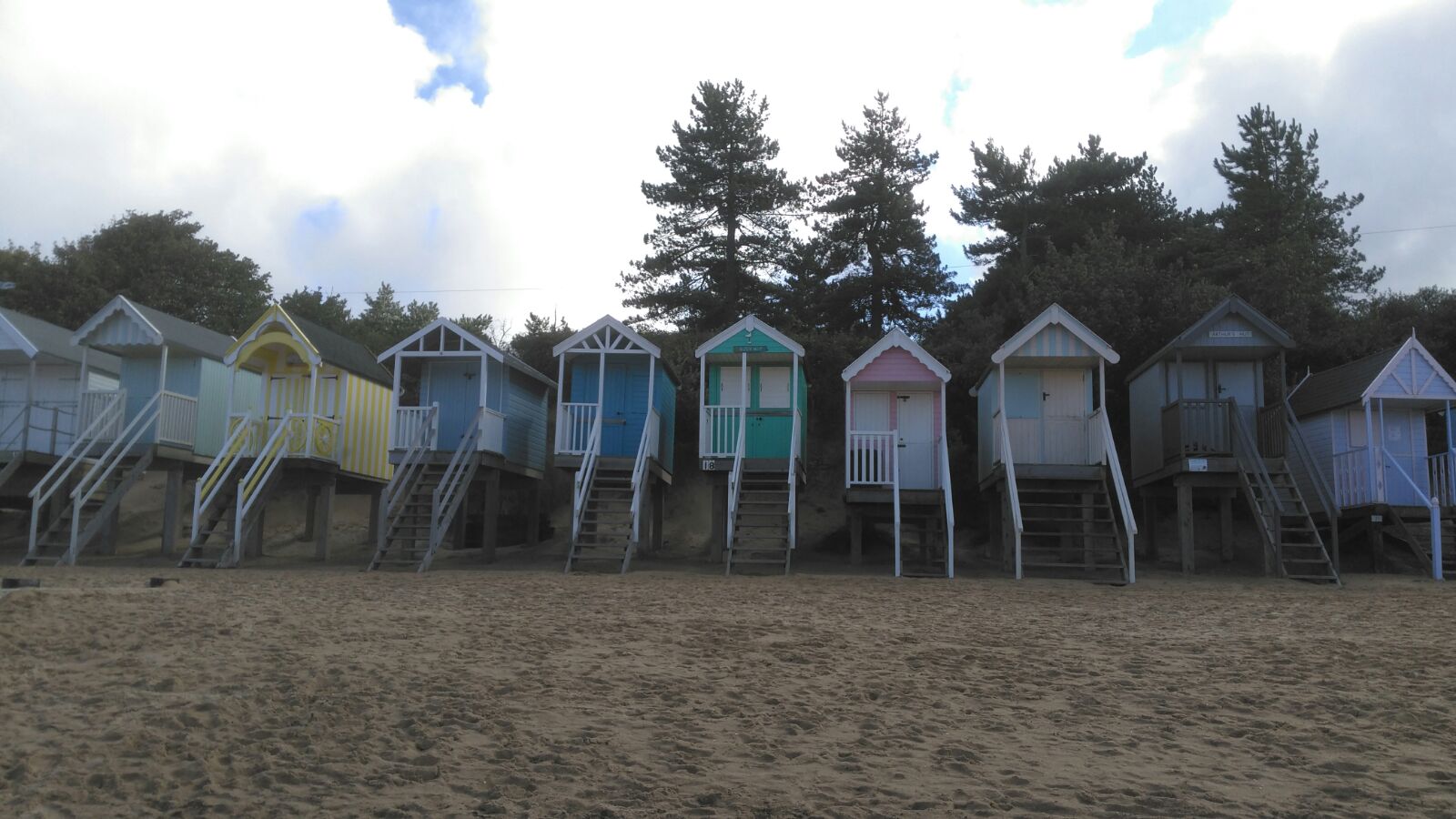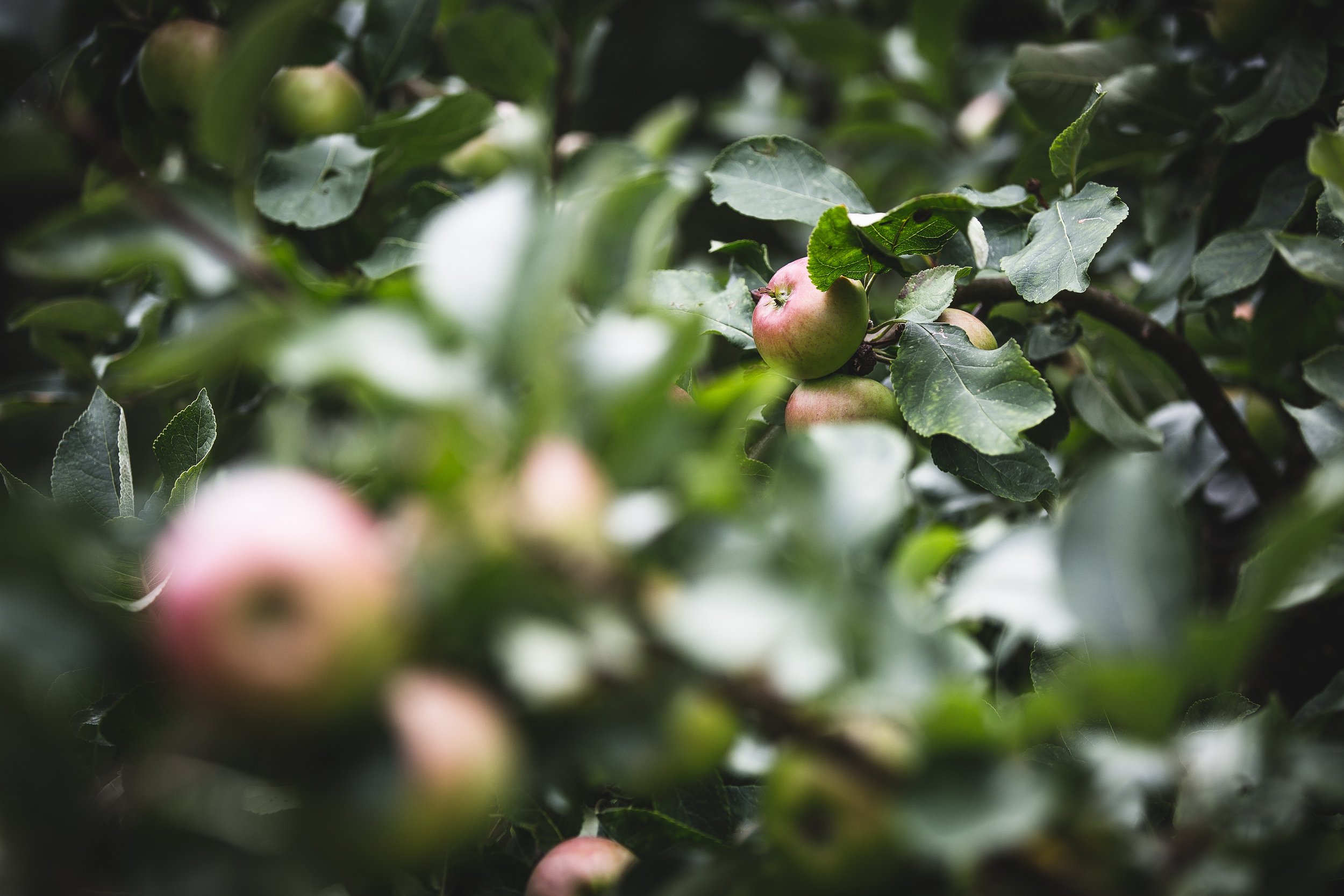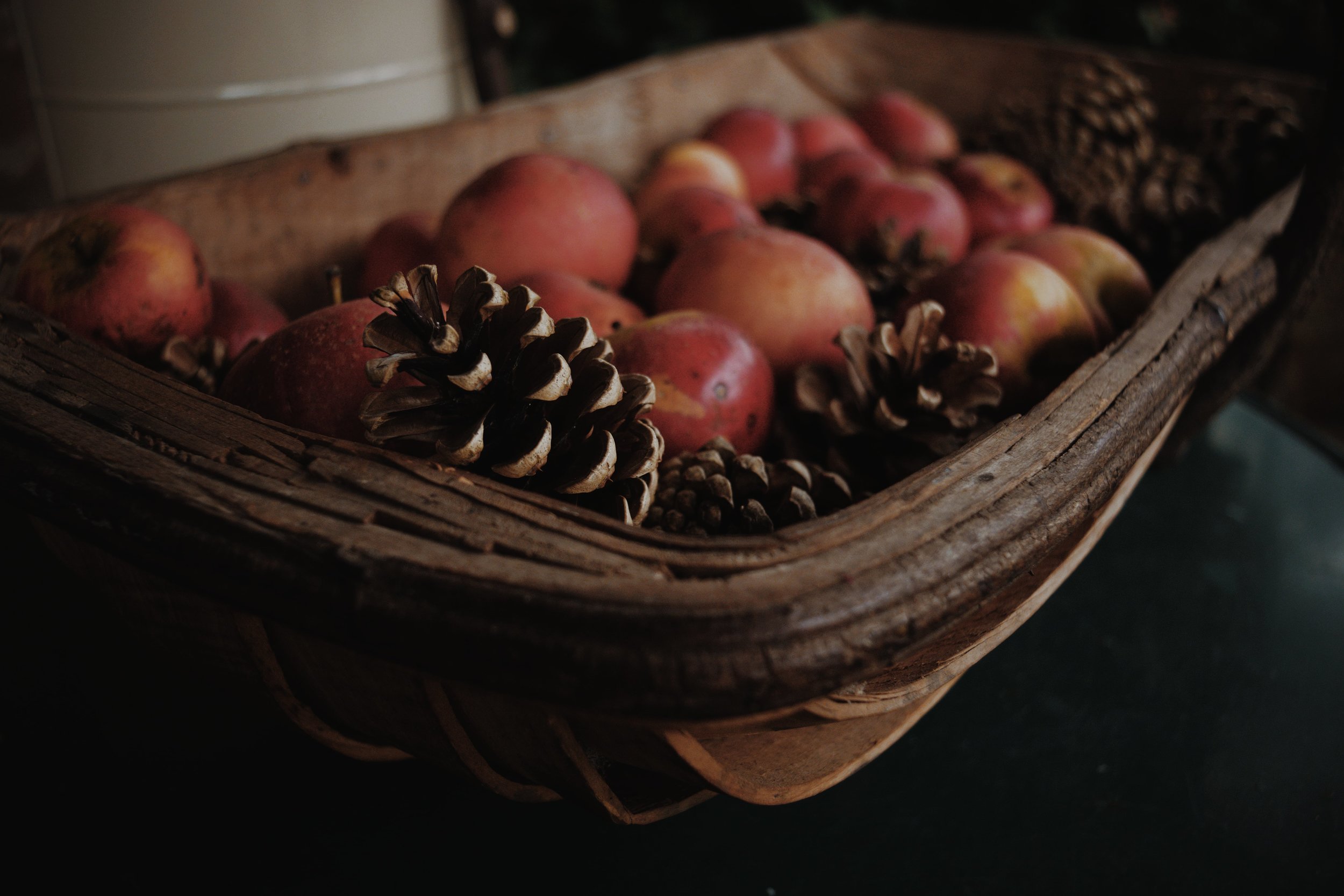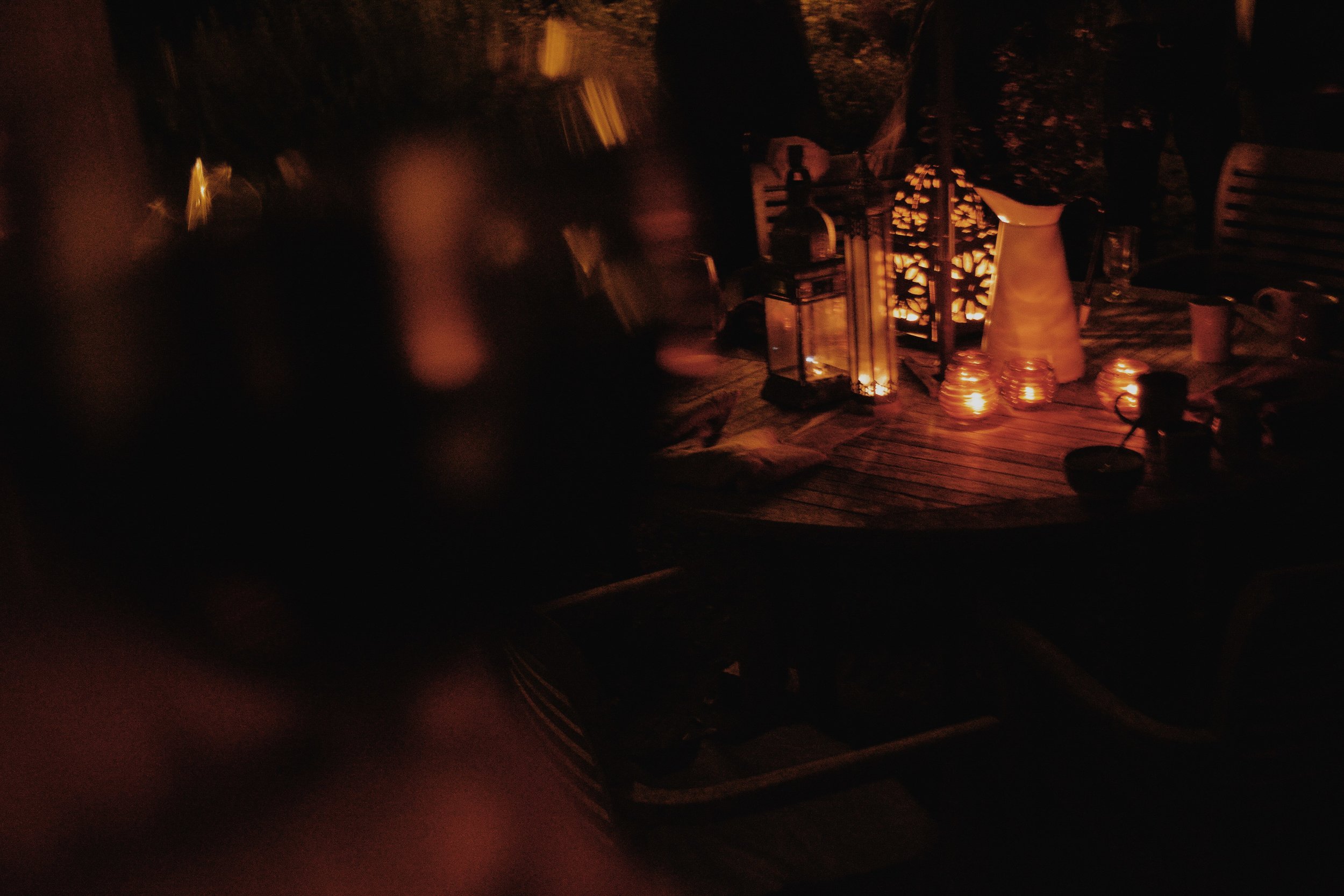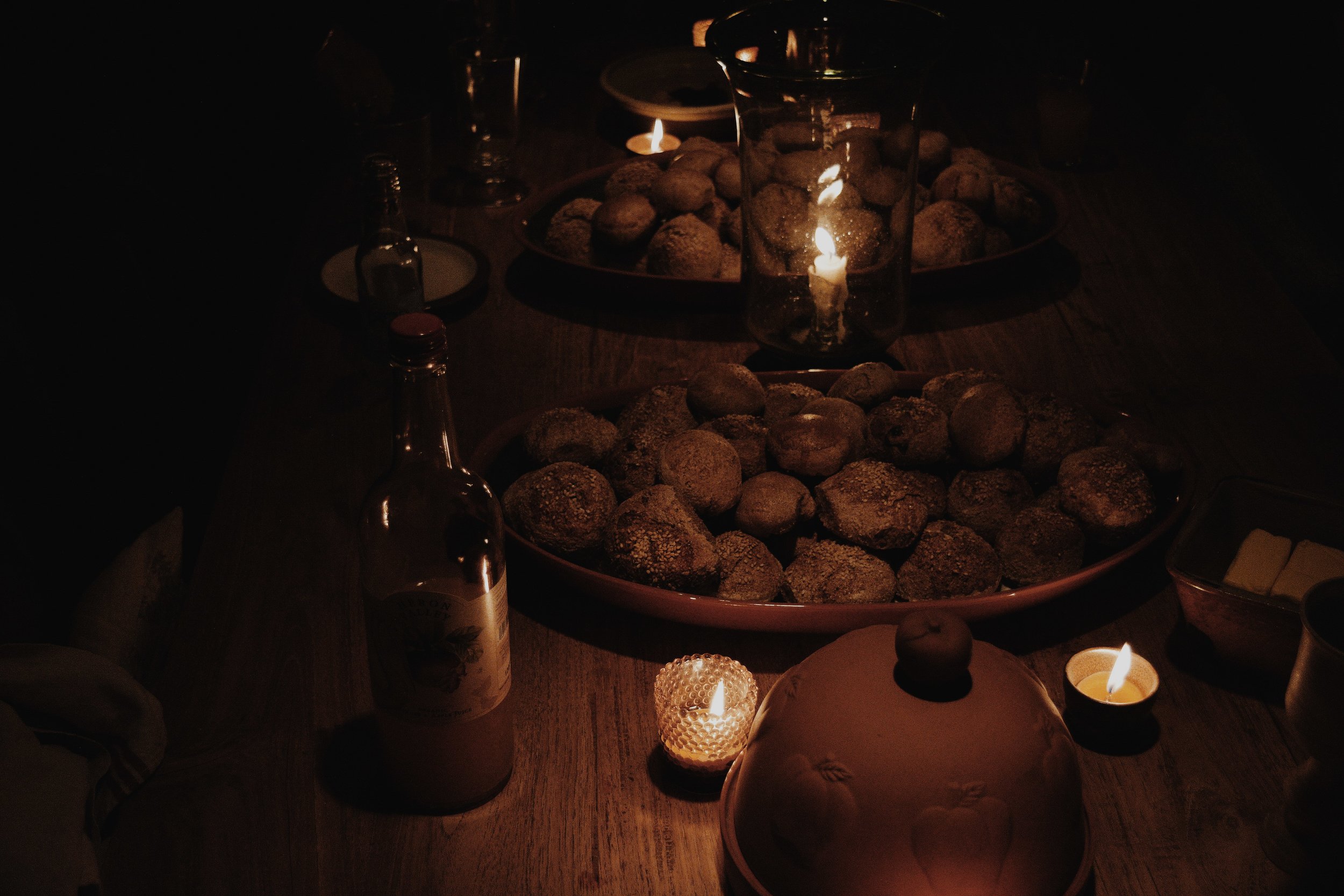Nicola: You describe We Are Stardust as a greetings card shop where art and science collide. Can you tell us the story behind the business, and how you blend both art and science in the work you do?
Agnes: "Every one of us is a memorial to long-dead stars. Every one of us was quite literally made in heaven.”
– Marcus Chown, The Magic Furnace
Many years ago when the universe was born stars exploded to make the elements of the earth. These elements are what make everything in the world. They make you and me. They make the sea, creatures big and small, the clouds and the stars. We are stardust is a celebration of how we are all connected to each other and the universe around us.
Albert Einstein once said, “The true sign of intelligence is not knowledge but imagination”. Art and science need us to use our imagination to gain a deeper understanding of nature and our place in the world. Art is a creative expression based on our experiences of the world. Science is our search to understand how the physical world works. In the words of Professor Brian Cox, “deeper understanding confers that most precious thing - wonder.” That is exactly what we are stardust hopes to inspire: a moment of wonder.
I have never sat comfortably within the sciences or arts. I’ve always been somewhere in between. As a child I used to imagine I was an explorer in a jungle. Gathering unusual animal specimens on mysterious tropical islands, or discovering ancient civilisations. I’d draw maps of my explorations and collect strange stones, shells and flowers. The boundaries between art and science weren’t there - it was all about exploring the world. We are stardust is a natural progression from my childhood imaginations.
I research, illustrate and design each card and print. They are made for those with wild natures, sophisticated minds, and loyal hearts. Each design captures a fact, story or curiosity. So when you post a we are stardust card to your loved one, you gift them with a moment of wonder for the natural world. I hope my cards and prints give you a way of sharing your curiosity for the world with your loved ones.
We Are Stardust is guided by three values. These values are wilderness, sophistication and loyalty. Can you tell us how you incorporate them into the work you do.
I struggled to find the three core values for we are stardust. I'm still not sure if I've got them exactly right. Perhaps wilderness, learning and love would be better? But I'll try and explain what I mean by each.
Wilderness: We are stardust is for those who love adventures, exploring and discovering. The cards and prints are created with respect and awe for the natural world. Wilderness celebrates the wonders of nature, along with all the strange, dark and mysterious parts that come with it.
Sophistication: We are stardust is for those who value beauty, knowledge and learning. It's for people who love objects with style and substance. We are stardust designs are beautiful and capture a fact, story or curiosity. This is done through art and science that inspires wonder for the natural world.
Loyalty: We are stardust is for those who fiercely love their friends and family. The cards and prints have been created to be precious gifts to share with loved ones. They have also been created to spark a connection with the natural world.
Where do you draw your inspiration?
The Scientific Revolution saw early natural scientists adventure around the world. It saw them collecting and naming strange new species and testing hypotheses. We are stardust is inspired by this exciting time of polymaths. Star charts, anatomical etchings and botanical prints from this time are also a big inspiration.
Ideas come from many places. It might be from a conversation with a family member, friend or colleague. It might be from reading an interesting article. Or from looking at why nature is the way it is and wanting to learn more. It might also be from a little sketch I did. I also have to think how the idea would work as a card or print. This is quite hard and I have produced a few cards that I like but then don’t do so well in my shop.
Once I have an idea, I sketch out rough designs to see if it could work. I then go about creating the illustration. These are inspired by old scientific etchings and drawings. I use ink, watercolour and paper to create the illustrations and work from life as much as possible.
At the same time I research the science behind the idea. I try to find the most reliable source possible. If I had the time and money I would look at the original scientific article to see what it says. Some are open access which is great, but many aren’t and some are so technical it would take too much time to digest. In these cases I rely on summaries in reliable science news outlets. As well as University and Museum web pages. I love learning more about our fascinating world through this research.
Lastly I pull the illustration, the caption and research together as a final design on my computer. I try to keep the designs minimalist. Words aren’t my strong point so I find the captions hard. I love getting feedback on draft designs from the we are stardust online family (anyone that follows me via my Journal or on Facebook, Twitter, Instagram). They often come up with ideas that inspire the final design.
We’d love to know where you live, what your workspace is like and what a typical working day looks like for you.
This year I went completely freelance. Until then I was employed as a science communication specialist during the day. And I would spend my evenings and weekends working on we are stardust. These days I try and work three days doing freelance science communication work. Leaving two days of the week for working on we are stardust. But sometimes this balance isn't achieved as often as I'd like!
I mostly work from home in a calm, warm little room filled with light. I live in St Albans in the UK. I am surrounded by countryside. But only 20 minutes from the metropolis of London. This means I get the best of both worlds.
I try to make sure I have a routine each morning. This includes breakfast followed by a swim or a walk. I then work for a while before taking a little break around 11am. I then stop for lunch around 1pm. I like listening to podcasts for online creative during this time. In the afternoons I work from home before into St Albans to work in a café for the last couple of hours.
What the work is depends on if it’s a we are stardust day, or a science communication day. If it’s we are stardust day I like to spend the morning drawing or painting. The rest of the day is spent sorting orders, updating my website, writing blogs and researching card ideas.
How do you enjoy spending your downtime? And I would personally love to know if you find it hard to switch off from work, or whether you are someone who can step away from it for a while?
I have too many hobbies! Which one I focus on seems to go in cycles. I love to walk and cycle in the countryside. I also enjoy spending quality time with friends and family, usually over dinner. Other hobbies include baking, knitting, drawing, painting, playing my violin, reading and dancing!
I go through phases with switching off from work. During good times I manage a balance between work and downtime and feel in control of how I spend my day. When things are bad, and I'm feeling overwhelmed, it's my sleep that suffers. I usually wake up around 3am and then don’t get back to sleep until about 6am.
I have tried a few techniques to manage feelings of overwhelm and stress. At 3am I do a gentle yoga practice, listen to guided sleep meditations and drink hot chocolate! Day-to-day I've started bullet journaling to help me keep on top of different clients’ needs. As well as completing tasks to keep we are stardust running. I also need to have regular breaks from computer work that include exercise and fresh air. I have found going to a café for the last couple of hours of the day helpful. It means when I arrive back home my workday is finished. I also enjoy the process of cooking as a way of switching my mind from work to the evening.
In the long term I'd like to get better at planning my workload for the next quarter at least. That way I would know what I need to achieve and by when, and I can say no to projects that take me off in the wrong direction.
Can you tell us about the different collections We Are Stardust has and whether you have a favourite?
We are stardust has four collections:
· Anatomy - discover your inner beauty.
· Astronomy - journey through the heavens.
· Botany - step into the wilderness.
· Zoology - explore the animal kingdom.
It is so hard to have a favourite! I love all the strange animal stories – the lobsters and the beetles – but they aren’t always the best sellers. I enjoy painting and drawing plants. So from that perspective the botany collection is a favourite.
I also think the body is amazing. I am currently acutely aware of this as I'm pregnant and totally fascinated at how my body is able to grow a baby. So I'm passionate about learning more about how our bodies work. And I think it's important to celebrate them.
The astronomy collection is a definite favourite. I have lots of new designs planned for it. I find painting the night sky a real challenge. It is humbling and inspiring to reflect that we are such a tiny part in this huge universe.
I also know you have a Christmas card collection being launched soon and you have a special offer for our readers. I’d love for you to tell us more.
Yes! The new Christmas card collection celebrates the holly and the ivy. Holly and ivy have decorated houses in winter for thousands of years. Their evergreen nature is seen as a magical property to keep evil spirits at bay. The meanings the Victorians and pagans gave each plant links to the way the plants grow in the wild.
For example, the Victorian meaning for holly was ‘foresight’. The prickly leaves at the bottom protect it from grazing deer and cattle. Once it has reached above grazing height the leaves become smooth. It was used in wreaths to protect and wish good fortune upon friends and family in the year ahead.
The we are stardust Christmas cards are all about this link between plant meaning and the way it grows in the wild. I love how science and folklore often intertwine in this way. Painting both plants has made me see each of them differently. The sculptural spikes of the holly and the delicate veins in the ivy are incredible.
I'm delighted to offer your readers a 15% discount on my Christmas card collection packs. To redeem the discount enter CREATIVECOUNTRYSIDE1017 when you reach the checkout.




























